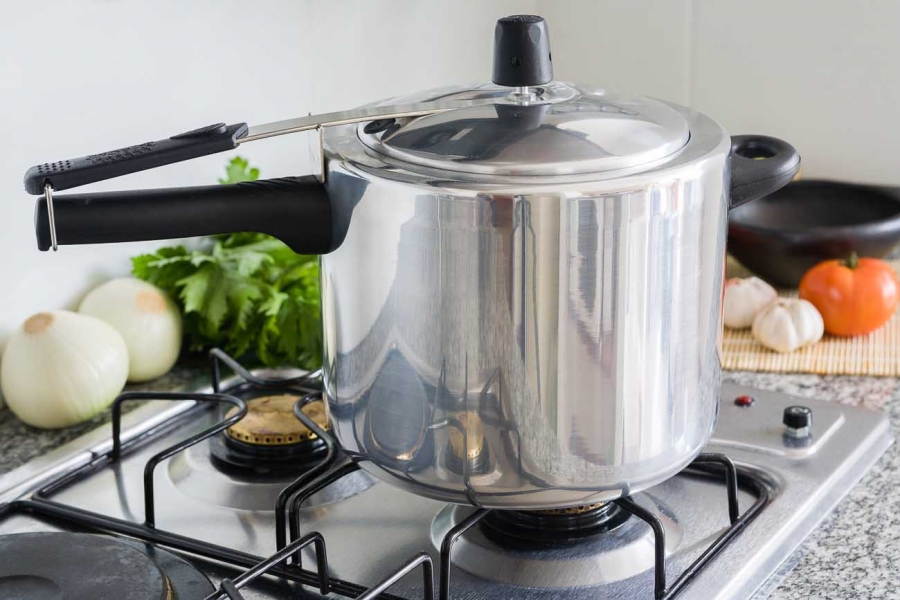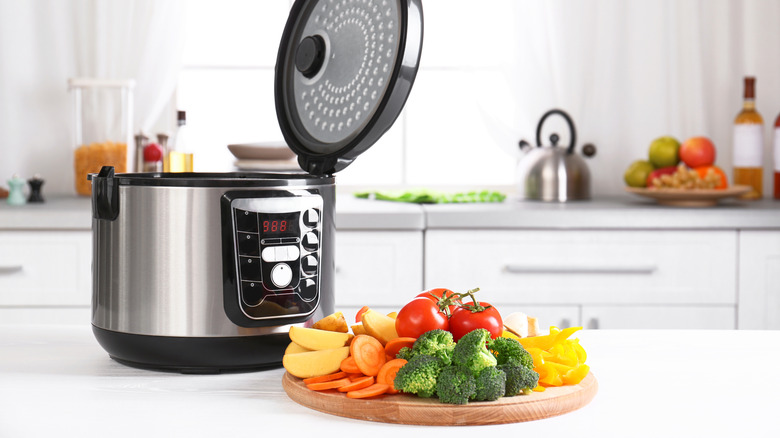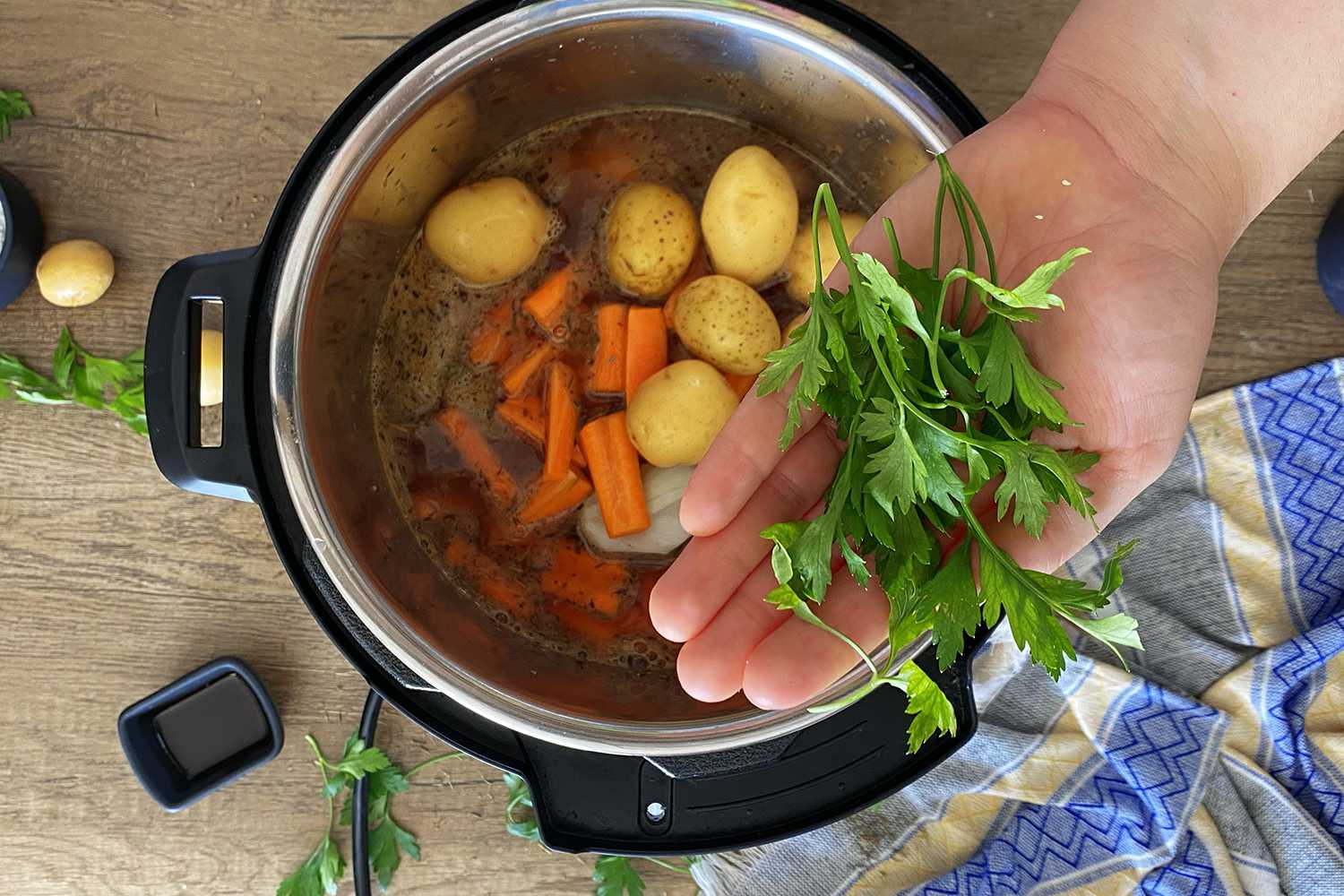Mastering the Art of Traditional Toor Dal: Cooking without a Pressure Cooker
Written By James Morgan
Cooking toor dal, a beloved staple in many Indian households, is an art form that doesn't demand modern kitchen gadgets. While many might turn to a pressure cooker for faster results, the traditional method of cooking toor dal without a pressure cooker brings a richer and more nuanced flavor. This guide embraces the timeless tradition of slow-cooking toor dal, celebrating the deeper flavors that emerge from patience and technique.

What is Toor Dal?
Toor dal, also known as pigeon pea, is a cornerstone of Indian cuisine. It's a vital ingredient in many favorite dishes like sambar, dal fry, and dal tadka. This lentil provides a subtle, nutty flavor and is high in protein, making it essential in many vegetarian diets. While cooking toor dal without a pressure cooker might seem challenging, with the right approach, it becomes a delightful culinary journey.

Why Cook Toor Dal Without a Pressure Cooker?
Though a pressure cooker speeds up cooking, the traditional method offers several benefits. It allows for finer control over the texture, ensures a perfect blend of spices, and retains more nutrients. This method honors India's rich culinary history, where slow-cooking was the standard long before modern appliances were invented.

Essential Ingredients
- 1 cup Toor Dal
- 4 cups Water
- 1 Tomato, chopped
- 1 Onion, chopped
- 2 Green Chilies, slit
- 1-inch Ginger, grated
- 3-4 Garlic Cloves, minced
- 1 tsp Turmeric Powder
- 1 tsp Cumin Seeds
- 2 tbsp Ghee or Oil
- Salt to taste
- Fresh Coriander for garnish

Necessary Cookware
Before starting, ensure you have the necessary cookware ready:
- Heavy-bottomed pot
- Sharp knife
- Cutting board
- Spatula
- Strainer
Step-by-Step Instructions
1. Rinse and Soak the Dal
Start by thoroughly rinsing a cup of toor dal under cold water until it runs clear. This step is important to eliminate any dirt or impurities. After cleaning, soak the dal in warm water for at least 30 minutes. Soaking helps soften the dal and cuts down on cooking time. Meanwhile, you can chop the vegetables.
2. Cooking the Dal
Drain the soaked dal. In a heavy-bottomed pot, add the dal and four cups of water. Turn the heat to high to bring the water to a boil, then reduce it to medium-low to let the dal simmer. Skim off any froth on the surface to achieve a clear dal. This process can take 45 minutes to an hour, so patience is crucial.
3. Preparing the Tadka (Tempering)
As the dal simmers, prepare the tadka, which adds a flavorful burst. Heat two tablespoons of ghee or oil in a separate pan. Add cumin seeds and let them splutter. Then add the chopped onions, garlic, and ginger, and saut until the onions turn golden brown. Add the tomatoes, green chilies, and turmeric powder. Cook until the tomatoes are soft and the oil starts to separate from the mixture. This aromatic tadka will significantly enhance the dal's flavor.
4. Combining the Dal with Tadka
Once the toor dal is soft, combine it with the tadka. Pour the tadka over the simmering dal and mix well. Add salt to taste and let it simmer for another 10-15 minutes, allowing the flavors to meld. If the dal is too thick, you can adjust the consistency by adding more water.
5. Garnishing and Serving
Garnish the toor dal with fresh coriander leaves before serving. This adds a burst of freshness that complements the rich dal. Toor dal pairs beautifully with steamed rice, roti, or naan. Serve it hot and savor the wholesome flavors of this traditional Indian dish.
Key Tips and Variations
1. **Consistency**: Adjust the dal's consistency according to your preferencesome like it thick, while others prefer a more soup-like texture.
2. **Spices**: Feel free to experiment with spices. Adding coriander powder, garam masala, or a squeeze of lemon can provide an extra burst of flavor.
3. **Vegetables**: For added nutrition, consider incorporating vegetables like spinach, carrot, or pumpkin during the cooking process.
Benefits of Soaking Dal
Soaking toor dal before cooking is a time-honored practice with practical and health benefits. It reduces anti-nutritional factors like phytic acid, which can block the absorption of essential minerals. Soaking also breaks down complex sugars, making the dal easier to digest and less likely to cause bloating. Moreover, it shortens the cooking time, especially when not using a pressure cooker.
History of Toor Dal
Toor dal boasts a rich history in Indian cuisine, dating back centuries. It originated in India and has been a staple in ancient diets. Cultivation of toor dal traces back to the Neolithic era, marking it as one of the earliest cultivated pulses in the subcontinent. Celebrated for its nutritional value and culinary versatility, toor dal has been a beloved part of various regional cuisines across India for generations.
Nutritional Benefits of Toor Dal
Toor dal is an excellent source of plant-based protein, crucial for vegetarian and vegan diets. It's high in dietary fiber, aiding digestion and promoting bowel health. Rich in essential vitamins and minerals like folic acid, iron, calcium, magnesium, and potassium, toor dal also has antioxidants that help reduce inflammation and boost the immune system. Incorporating toor dal into your diet can enhance overall health and well-being.
Pairing Toor Dal with Other Indian Dishes
Toor dal's versatility makes it easy to pair with various Indian dishes for a wholesome meal. Here are some popular pairings:
1. Steamed Rice
The classic combination of toor dal and steamed rice offers a comforting and satisfying meal, with the simplicity of the rice complementing the dal's rich flavors.
2. Roti or Naan
Pairing toor dal with Indian breads like roti or naan is also popular. The soft, warm bread serves as a perfect vehicle to scoop up the dal.
3. Vegetable Sabzi
A side of dry vegetable sabzi, such as aloo gobi (potato and cauliflower) or bhindi masala (spiced okra), adds texture and variety to your meal, creating a balanced and nutritious combination.
4. Pickles and Chutneys
Enhance your dal with tangy and spicy flavors by adding a side of Indian pickles or chutneys. These condiments bring a new dimension to the meal.
5. Raita
Raita, a yogurt-based side dish, balances spices and provides a cooling effect when paired with dal. Cucumber raita or boondi raita are popular choices that complement the toor dal.
Cultural Significance of Toor Dal
Toor dal holds significant cultural importance in India, often linked to various regional traditions and customs. It's considered a daily meal staple and plays a crucial role in religious and festive occasions. For instance, during Diwali, special variations of dal are prepared in many households. In some regions, toor dal is also valued for its numerous health benefits in traditional Ayurvedic medicine, symbolizing unity and nourishment.
Modern Takes on Toor Dal
While traditional toor dal recipes remain timeless, modern culinary innovations offer exciting variations. Chefs and home cooks experiment with fusion recipes that incorporate toor dal into contemporary dishes. Examples include toor dal soup with a twist of coconut milk and Thai spices, or toor dal stir-fry with vegetables and quinoa, showcasing the dal's versatility and ability to adapt to changing culinary trends.
Conclusion
Cooking toor dal without a pressure cooker is a rewarding experience that connects you with traditional culinary practices. The rich flavors, nutritional benefits, and cultural significance of toor dal make it a cherished ingredient in Indian cuisine. By following the steps in this guide, you can master the art of slow-cooking toor dal, creating a delicious, wholesome dish that will be loved by all. Whether paired with rice, roti, or enjoyed on its own, toor dal is sure to become a favorite in your culinary repertoire.
To maintain your cookware, consider using a cookware cleaner for thorough cleaning. Also, keeping your cutting board in top condition with cutting board oil can extend its lifespan.
Check out more on how to cook rice in different kitchen devices, and learn various pressure cooker techniques in our comprehensive guides.
As an Amazon Associate, I earn from qualifying purchases.



